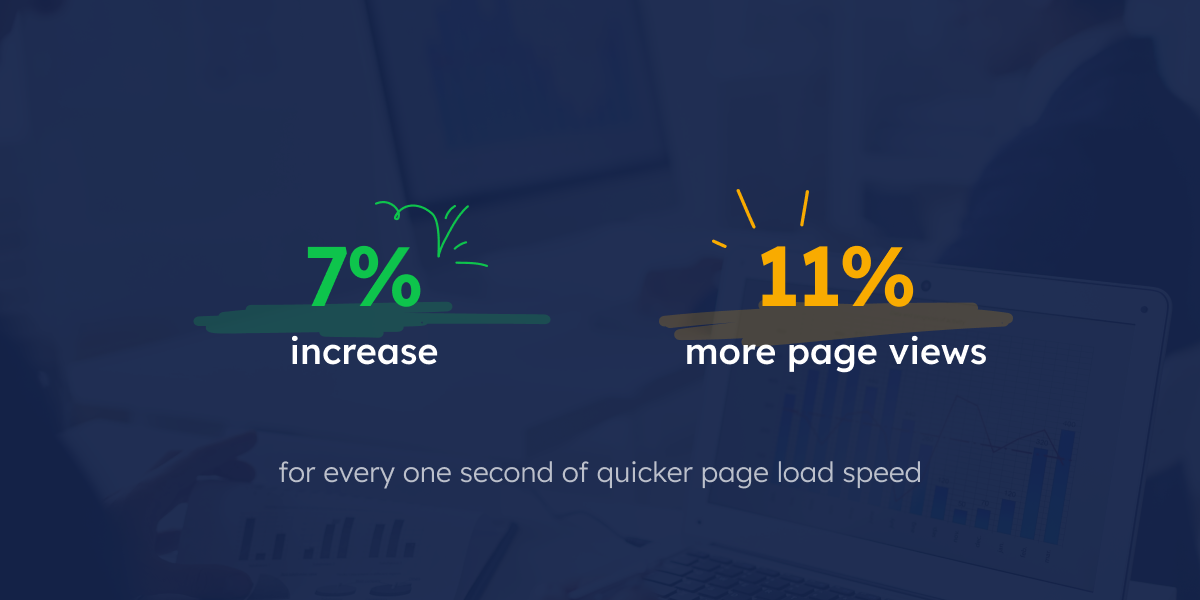What is server-side tagging?
Server side tagging is a new approach to collect analytics data from web browsers and mobile apps. A typical tagging for analytics data collection relies on the front end to run code snippets, collect data, and send them to analytics servers. In server side tagging, most of the codes run on your server(s) with more flexibility and additional control.
Why do you need Server Side Tagging?
Moving toward server side tagging is highly recommended for the following reasons.
Web browsers use various standards to protect users’ privacy. Among these, Intelligent Tracking Prevention (ITP) is widely used. standard enforces features that seek to protect users’ online privacy, limiting the ways advertisers and site owners can track users across domains to personalize content and advertise goods and services. One of the main features of these standards is blocking third party cookies and limiting the lifetime of first party cookies.
Third party cookies are used for advertising platforms such as Facebook. First party cookies are widely used for analytics software such as Google Analytics.
Other standards include Enhanced Tracking Protection (ETP) which is not as strict as ITP with first party cookies, but blocks third party cookies.ITP is currently used by Safari browsers and apps on all Apple devices. ETP is a standard that FireFox has employed for some time.
Google Chrome is expected to adopt ITP in 2023.
Blocking third party cookies has a major impact on digital marketing performance, specifically remarketing campaigns.Limiting the first party cookie expiry times also impacts analytics software measures performance and conversion rates.
Does this Mean You Don’t Need Cookies Anymore?
Cookies are not going away just yet. Cookies will still be used to identify returning users across multiple sessions. However as this cookie is set by our own server, a first party cookie and not by marketing platforms this cookie will have a longer life time and will be less likely to be blocked or removed by ETP or ITP.
Server side tagging improves website performance, and page load speeds by reducing the load on the visitor’s browser. With less time needed for the browser to render the pages, the quicker the viewer sees your content. Improved page load speed can impact your conversion rate and number of pageviews.
BigCommerce, a popular ecommerce platform, recently reported that improving page load speed by 1 second can increase conversion rate by 7% and increase pageviews by 11%. (1)
A typical website may have dozens, if not more, marketing pixels and other tracking tools using JavaScript to send data back to the third party platform, like Facebook or Optimize. The more of these tools running JavaScript in the browser the longer the pages take to load.
In server side tagging, user behavior data is sent once to a server, which then directs the information back to the other 3rd party tools.
Increased Security and Privacy
Want to learn more about how your competition is collecting and organizing its customer and user data? With some basic debugging knowledge you can examine the code on your competitors website and find out if they’re sending their data via the client side. With server-side tagging you shield your data collection logic from competitors. With the logic running on your own server inaccessible to public or competitor scrutiny.
Another immediate benefit to server side tagging is the ability to use a stricter content security policy (CSP) on your web properties. With client side tagging, it becomes necessary to relax the privacy rules for ad platforms such as Facebook, which allows the platform to send and receive data from the browser or apps. server side tagging, you don’t need to relax the rules for ad platforms, enabling higher content security.
Cleaner Data
Server side tagging provides more control over data collection, because it sits as a proxy between a website or mobile app and the data servers.
There will be no data leak when using server side tagging, and it eliminates issues of injected url parameters, simply because there is no direct connection between the server and browser.
Another benefit to server side tagging stems from when malicious parties crawl potential tracking IDs and spam them with automated HTTP requests that mimic the “regular” hits from the site. These kinds of malicious attacks are difficult to detect and badly hurt the data quality. Server side tagging eliminates the potential for this happening.
How Three Ventures can help us with this?
The team at Three Ventures are highly skilled and experienced in migrating existing data collection to a server side framework. We start with a comprehensive audit of your existing measurement models and your data collection implementation. Depending on the current state of your data collection, we’ll furnish you options for the migration, creating a plan that can move you, iteratively, to server side tagging architecture.
What’s the timeline and cost?
The scale, scope and timeline for the work depends on the complexity of your existing measurement models and if there’s a need for additional tagging. A typical migration, with no changes required either on the front end or in Google Tag Manager (GTM), can take two to three weeks.
A non-typical migration where changes are required in both your front-end code, back-end development management, and Google Tag Manager can take more than eight weeks or more.
Client side tagging in Google Tag Manager has no server cost. free. For server side tagging architecture, you need to create a tagging server for which there are various options. A popular server solution is Google Cloud.
Migration to server side tagging requires anywhere from one to three App Engine server instances which can cost from $40 to $120 per month for the servers.
Google Tag Manager remains free to use in this model for the time being, so the only additional cost would be for server processing.
If you would like to set up your own tagging servers, we can work with you, providing consulting and guidance for your setup process.






















